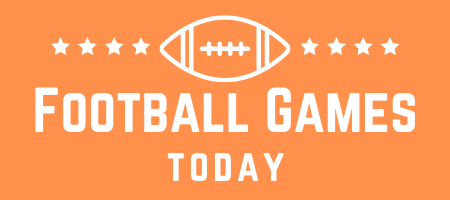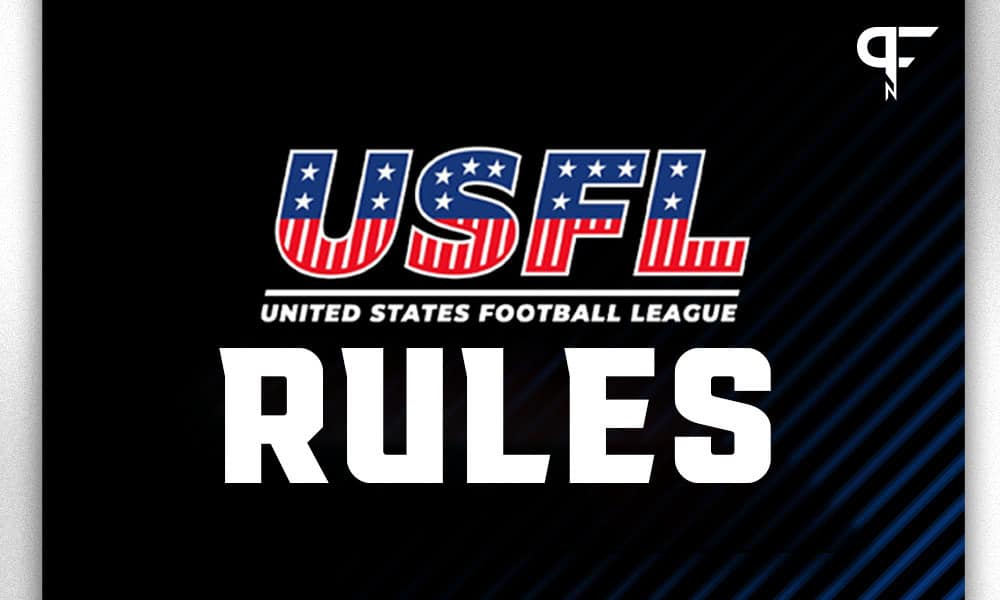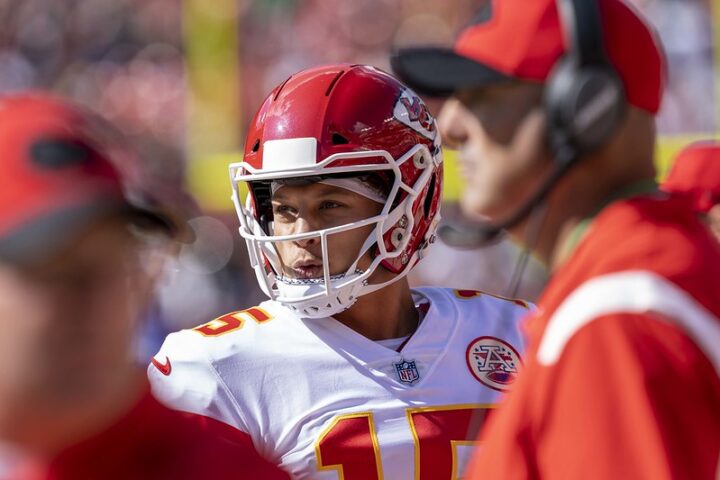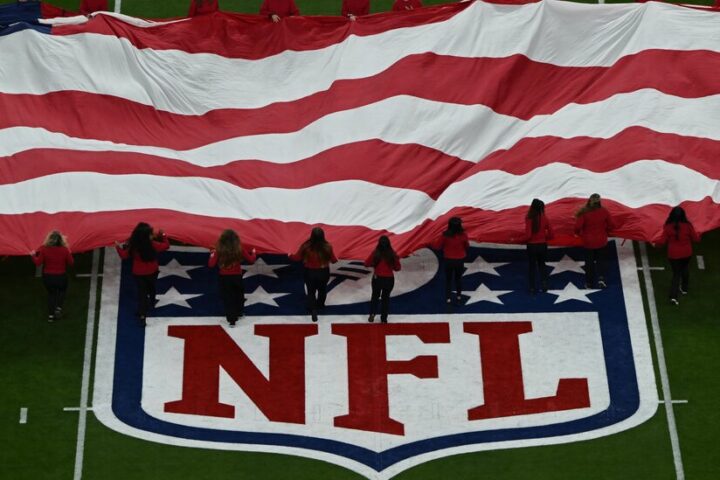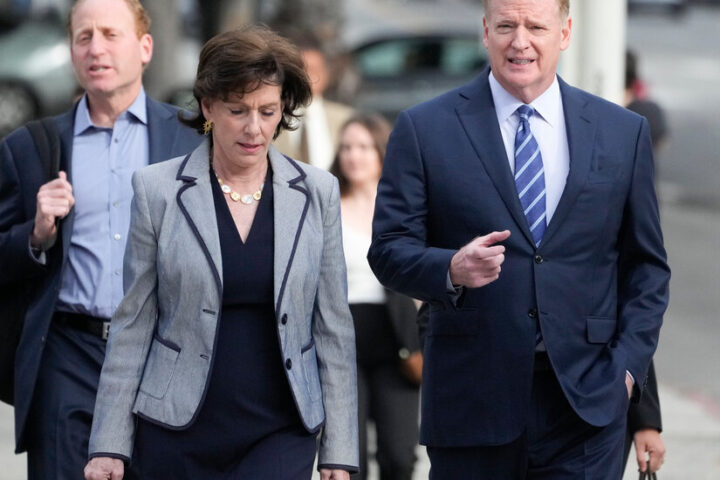The start of the NFL preseason is less than four months away. The XFL is wrapping up a successful reboot, featuring NFL-caliber talent on (quite possibly) every team. And now, the relaunched USFL is returning for a second consecutive season. What do we need to know about the USFL’s rules as compared to the NFL’s?
2023 USFL Rules
The USFL looks like the NFL because . . . well, it’s football. But there are some deviations from the norm, giving the upstart league a slightly different feel, especially at various key junctures of the game. Here are some of the highlights.
Roster Size
The USFL allows each team to roster only 50 players, and only 40 can be active on game days. Both numbers are lower than what we’d find in the NFL.
MORE: PFN’s FREE NFL Mock Draft Simulator (With Trades)
Why the smaller size? Perhaps the USFL believes tighter rosters enable the league to deliver more concentrated talent. There are already questions each year about whether a non-NFL league can gather enough talent to be successful for the long term. By limiting coaches’ on-field ability to rotate players in and out, there might be a higher likelihood that only the “best” USFL talent sees the field.
Play Clock
The USFL has a 35-second play clock, which is five seconds less than the NFL’s play clock. It seemed to work well last season, in that it helps to engineer more plays per game. That’s what many fans want: more action.
Also, the clock will stop on first downs inside the final two minutes of each half, but the clock will continue running on incomplete passes, except inside the final five minutes of each half.
The incompletion decision is curious, especially in a league that witnessed more incompletions last year than is typical in the NFL. Perhaps we’ll see more adjustments down the road. Or maybe the incompletion rule will counteract the play clock and first-down rules, helping to ensure the games don’t go much beyond the customary three hours.
After a Score
The XFL did something very smart, allowing teams to try to convert one long play after a score. If they’re successful, they keep the ball. This makes more sense on a football field than an onside kick, which has the appearance of being more about luck than skill. (Obviously, there’s a lot of skill involved. I’m speaking more of perception.)
Since football is largely about running and passing the ball, a post-score scrimmage play seems like a sensible alternative to the traditional onside kick.
MORE: How Many Teams Are in the USFL?
The USFL splits the difference, giving scoring teams the option of kicking off, attempting an onside kick, or attempting a 4th-and-12 play from their own 33-yard line. Late trailing teams with strong special teams and weak passing attacks might opt for the onside kick. But I imagine most squads will take their chances on a 4th-and-12, knowing that the possibility of a defensive penalty always looms.
Kickoffs
Apparently, the USFL doesn’t like touchbacks. All kickoffs will start at the 25-yard line, almost guaranteeing kickoff returns that go beyond mere kneeling.
Again, this ties back to the “game action” theory. Fans want to see athletic people doing athletic things. If there are two more kickoff returns per game than we’d normally see in the NFL, then there’s a higher probability of some magical returns that elevate the league’s standing.
Forward Passes
Yes! The USFL is leaning into excitement. Teams can throw two forward passes on one play, as long as both are thrown from behind the line of scrimmage. Expect to see at least one team try this several times. We’ve got to believe there’s a path here for highlight-reel trickery.
Overtime
If you’re familiar with the XFL’s overtime rules, then the USFL’s approach won’t be a shock. There’s no place for scoring drives. It’s all about converting from the opposing 2-yard line. Each team has three chances. The team that converts the most wins. A tie after three chances leads to successive sudden-death rounds until a winner is crowned.
And in a nod to soccer and hockey penalty-kick rounds, once a team has clinched a victory (e.g. scoring twice while the opposing team doesn’t score twice), the game ends.
Each score is worth two points, which might come in handy if you’re playing DFS or if your favorite team needs points to win some arcane tiebreaker ahead of the playoffs.
